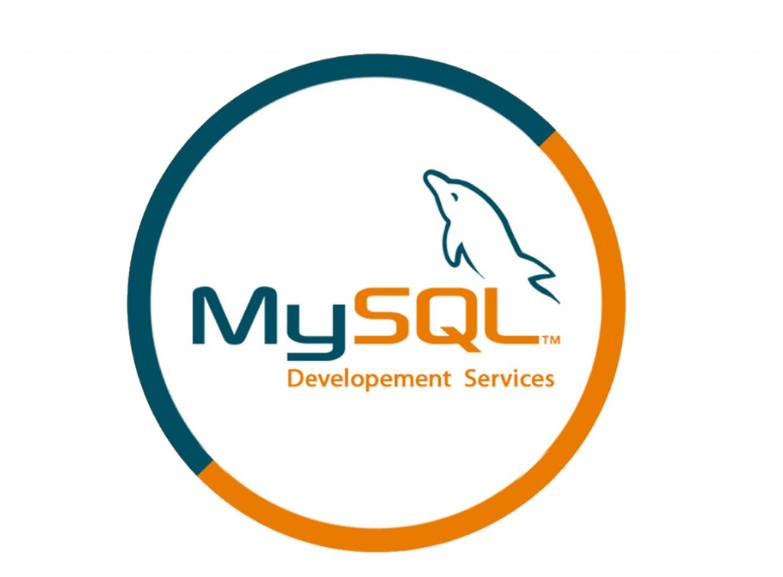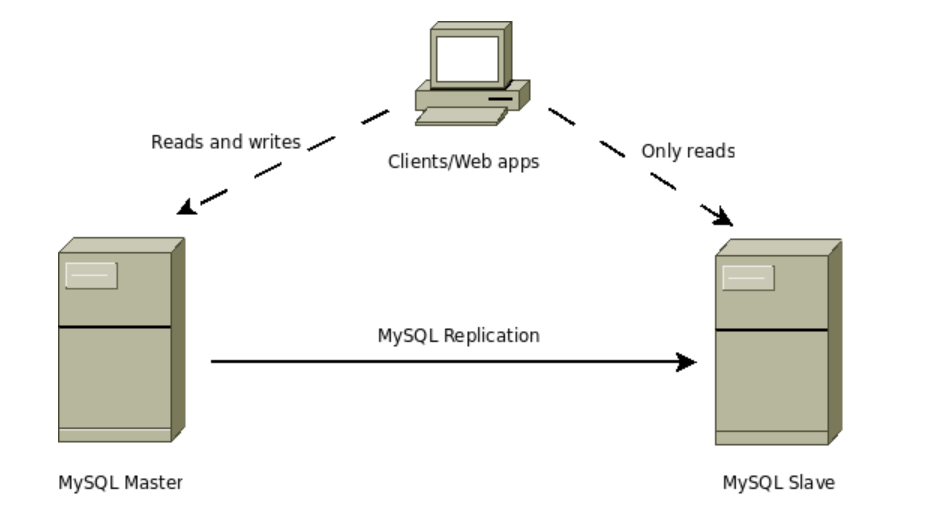There is always special consideration when dealing with a MySQL server, and some situations can be problematic from time to time or often depending on how the server is configured. For example, issues like slow performance, long-running jobs, or difficult-to-diagnose bugs all must be known to database administrators to troubleshoot the SQL environment effectively. In this all-encompassing guide, we will look at some of the everyday queries a MySQL server may raise and how to tackle them.
Understanding MySQL Server’s Common Pitfalls
This is a short Overview of all the difficulties one will likely face while using MySQL server and how it hampers performance and stability. Among these, inefficient queries stand as a major culprit, slowing down database operations and leading to suboptimal server utilization.
Another common problem, particularly if a large volume of data is stored physically, is inadequate indexing, which slows down the rate at which data is searched and retrieved by a significant margin, which is an annoyance to the users. For instance, if the correct assignment of the appropriate amount of server resources, including memory, CPU, and storage, is not well addressed, then performance deteriorates to a level at which the server is unable to meet high workloads.
Let us illustrate these issues in the following points: As apparent from the points by points mapping above, these issues are detrimental to the usability and the user experience and present significant risks to the reliability and scalability of managing highly complex database operations. Dealing with it implies certain persistent systematic analysis and readiness to multiply the optimization of the process.
Some of the general solutions are examining the query performance more often, looking into the chosen indexes for optimization, and being certain whether the server possesses adequate resources to support the load. Equally important is the adoption of a culture of performance tuning, where queries are optimized for efficiency and resource usage is constantly evaluated against operational requirements.
By such practices it would be possible for the organization to strive and achieve a strong, effective, and sustainable MYSQL server environment, thereby avoiding such challenges that are so likely to jeopardize the efficient management of the Database activity.
Improving MySQL Server Performance
One step one needs to employ to enhance the performance of MySQL servers is optimizing the SQL queries and developing the indexes. Efficient modification of existing queries or generation of new ones may also increase the query performance and optimization of indexes about the database structure used may improve it drastically. It is advisable to use the MySQL Query Analyzer since, by employing this tool, one can identify extra inefficiencies that can be addressed.
Beyond query and index tuning, consider leveraging advanced MySQL features such as partitioning large tables, which can reduce query times by narrowing the search space. Implementing caching strategies, either at the query level with MySQL’s query cache or through external caching layers, can also significantly decrease load times for frequently accessed data.
It is just as crucial to continue fine-tuning the implementation of tables as it is to run tests and optimize their structures and dependencies to enhance the time that it takes to access the appropriate data as well as the efficiency of the server. Moreover, knowing about the new MySQL versions and making utilization of features intended for improved performance is crucial. When deciding on such optimizations, you improve current server load handling and build a foundation for efficient future work in case of a growing flow of operations on a relational database, thus guaranteeing the increased efficiency and adaptability of a database server.
Ensuring MySQL Server Security
This makes it of paramount importance to ensure that the security of MySQL server is kept tight since the exploitation of vulnerabilities in the server can have very disastrous implications for the system as well as the leaking of the database contents. Implementing stringent access controls is the first line of defense. This involves not only setting strong, complex passwords but also regularly rotating them and using multi-factor authentication where possible. To abide by the principle of least privilege, only the basic level of access should be given to users, allowing them only the bare essentials needed for their jobs.
Further bolstering server security requires diligent attention to network configurations. Restricting access to the MySQL server to only known, secure networks and employing firewalls can significantly reduce the risk of unauthorized entry. Additionally, encrypting data in transit using SSL/TLS and at rest ensures that sensitive information remains protected even if intercepted.
Regularly scanning the server for vulnerabilities and applying patches promptly is another key strategy. This prevents numerous attempts to attack its known weaknesses on them. This tutorial was created to help disable the features and services in a Linux MySQL server that a user does not require and should minimize the chance of a hacker gaining access to the server.
Information on possible vulnerabilities like SQL injection attacks and procedures on how to avoid them is valuable for training users and administrators. This is why it is very important that a strict security policy of the organization be in place and followed to the letter so that the actions of the users can be audited and their level of access monitored to minimize and address such security threats, whether internal or external.
If adopted, these practices will enable MySQL server administrators to configure a reliable security environment for the databases against the upcoming threats.
Managing MySQL Server Resources
Effective management of MySQL server resources is critical to maintaining optimal performance and preventing system bottlenecks. Among the many tools employed on this front, system administrators ensure that assessments of how much CPU, memory, and disk space are used over time are conducted religiously. Supplementary, having enough options to monitor resource utilization patterns enables administrators to make the right decisions regarding the need to add more resources or fine-tune the present settings.
There are no specific preliminaries for the problem, yet adjusting server settings is crucial for resource optimization. For instance, the cache sizes and buffer pool can be adjusted for the MySQL server to enhance better performance of the data and to have a lighter workload on the physical host and physical devices. It is important for administrators to understand the workload their MySQL server handles to make appropriate adjustments; different workloads may require different settings for optimal performance.
Another section of resources involves acknowledging the use of warning systems to inform administrators of problems that might arise. Setting up thresholds for resource usage that, when exceeded, trigger alerts can help mitigate issues by taking preemptive actions.
However, there are more ways to increase efficiency and take care of the MySQL server: cleaning up extra and no longer needed databases and archiving data that is no longer in use will help keep all the space needed for the server. Regularly reviewing and refining the database structure, such as pruning unnecessary tables or columns, can also lead to more efficient resource use.
As a result, while controlling the MySQL server, the administrators can employ these strategies for the proper operation of the server for supporting applications and at the same time, enhancing the performance.
Scaling MySQL for High Availability and Replication
Scaling your MySQL server for enhanced availability and seamless replication is essential as your database demands grow. Initiating a master-slave replication framework is one of the key strategies, which allows data from one primary MySQL server (the master) to be continuously copied to one or more MySQL servers (the slaves).
This also helps in the load balancing as all the read queries are taken to the slave servers but at the same time makes backup servers an important requirement in the disaster recovery system. However, elaborate MySQL clustering solutions, including MySQL Cluster or Galera Cluster, can also make your database even more available. These clusters function by making database copies on different individual nodes, thus providing a robust way of failover the faulty node to a healthy one without much disruption of the service.
This approach of scaling also essentially addresses two needs that measure high availability factor and optimal distribution of load as it is necessary for sheer continuity of MySQL server manufacturing. Through the utilization of replication and clustering strategies, it is possible to configure the MySQL architecture in a manner that fully prepares for the increased loads and offers the basis for efficient database management.
Diagnosing and Fixing MySQL Server Errors
A common problem in MySQL servers is errors, which, in one way or another, hinder the operations of a database and even times bring about extreme downtime. Such errors require a fast correction and understanding of their source to ensure that the systems managing the organization remain fully intact. First of all, analyzing logs and comparing them simultaneously helps to identify patterns or certain mistakes causing failures in servers.
MySQL Workbench, along with other applications, has features that allow for diagnostics to be made concerning areas that could give various forms of slow execution or bugs that could be problematic. Moreover, there is rich documentation to support MySQL to cover the materials concerned with Error Troubleshooting and General Tips, Advice, and Suggestions where the problems of connection, problems with databases, or other MySQL server issues are considered.
When addressing errors, it’s vital to approach the situation methodically. Start by replicating the mistake in a controlled environment to understand its impact without affecting live operations. Applying fixes in a staging environment before deployment to production can prevent further issues. In cases where an error is stubborn or in situations where one cannot discern the problem, the MySQL community or a professional can be sought.
With keen observation, diagnostic tools, and the use of problem-solving methods, administrators are well-placed to reconcile or fix MySQL server errors, and thus ascertain that the database environment is in the right condition.
Best Practices for MySQL Server Backups
Backup and restoration of the data is the key practice that should be followed closely while working on any MySQL server, as it will only help rapidly restore the data in case of data loss or data corruption. There are more elaborate approaches that involve scheduling a full backup to cover the whole database at any given period.
Incremental backups should complement these, documenting changes made since the last full backup and minimizing data recovery time and storage requirements. Equally important is the practice of storing backups in multiple locations, including offsite storage options. This diversification adds an extra layer of security, protecting against site-specific disasters.
Utilizing tools that automate the backup process can greatly enhance reliability and efficiency. Automation ensures backups are performed consistently and reduces the risk of human error. Additionally, regularly testing backups by performing restore operations verifies both the integrity of the backup files and the effectiveness of the recovery process. It is consistent with this practice that one can be assured that data can be retrieved when desired hence eliminating any anxiety that would otherwise have resulted in disruption of the business activities.
Altogether, these best practices should be of help to MySQL server administrators in coming up with a robust backup plan that, when called upon, will unlikely cause much downtime even as your data is safeguarded against any possibility.



